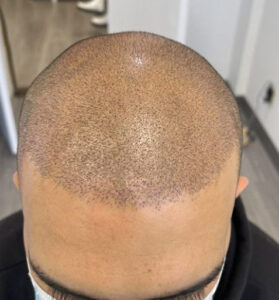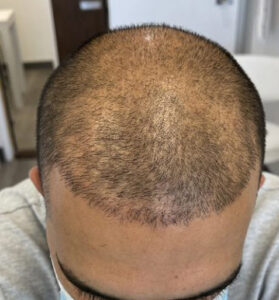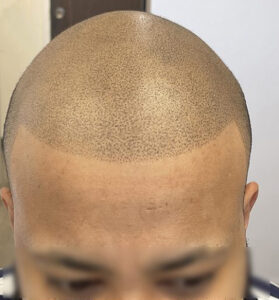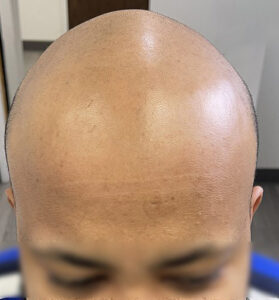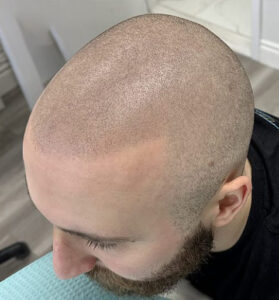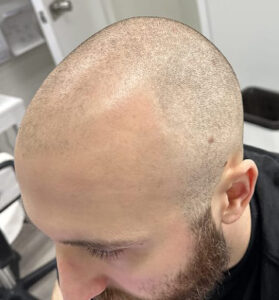Hair Loss Treatment Options: A Comprehensive Guide
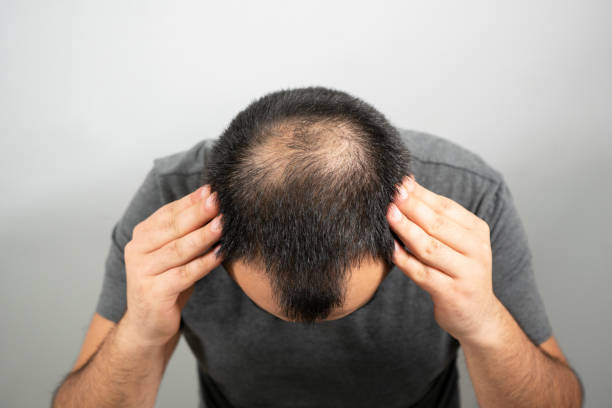
Table of Contents
Table of Contents
Hair Loss Treatment Options: A Comprehensive Guide
Introduction
Hair loss can be a distressing condition, affecting both men and women. Luckily, there are multiple treatment choices accessible to tackle hair loss and stimulate hair growth. This article provides a comprehensive guide to hair loss treatment options, exploring both medical and non-medical approaches. By understanding the available options, individuals can make informed decisions about their hair loss journey.

Understanding Hair Loss
Before delving into treatment options, it’s important to have a basic understanding of hair loss. Hair loss, medically known as alopecia, can have different causes, including genetics, hormonal imbalances, nutritional deficiencies, stress, and underlying health conditions. Identifying the underlying cause is crucial in determining the most effective treatment approach
Medical / Surgical Hair Loss Treatments
Minoxidil: Minoxidil is an FDA-approved over-the-counter medication available in topical form. It is applied to the scalp and helps promote hair growth by extending the hair growth cycle and increasing blood flow to the hair follicles.
Finasteride: Primarily prescribed for male pattern baldness, finasteride is an oral prescription medication. Its main mode of action involves inhibiting the production of DHT (dihydrotestosterone), a hormone implicated in hair loss.
Hair Transplantation: The procedure of hair transplantation entails extracting hair follicles from regions of the scalp that exhibit robust hair growth and implanting them into areas with hair thinning or baldness. It is a surgical procedure that provides long-lasting results.
Non-Medical / Non-Surgical
Platelet-Rich Plasma (PRP) Therapy: PRP therapy involves using a concentrated form of platelets from the patient’s blood and injecting it into the scalp. The growth factors found in platelets have a stimulating effect on hair follicles, encouraging hair growth and enhancing the overall condition of the hair
Scalp Micropigmentation: Scalp micropigmentation is a non-invasive cosmetic procedure that uses pigments to create the appearance of hair follicles on the scalp. This technique can effectively create the optical illusion of denser hair coverage and conceal areas experiencing hair loss.
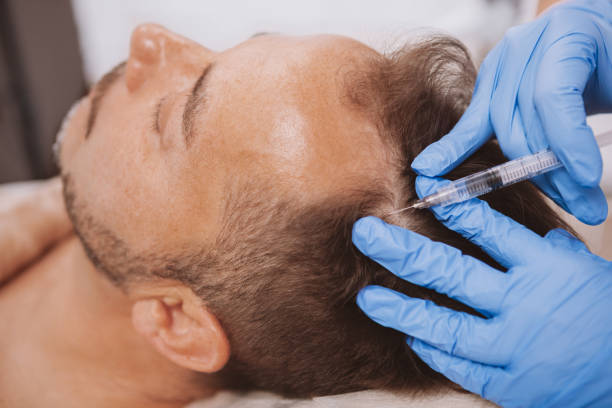
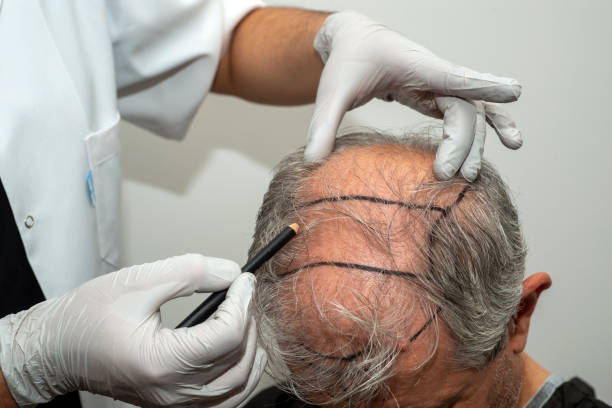
Hair Care and Styling: Proper hair care and styling techniques can help improve the appearance of thinning hair. This includes using gentle hair products, avoiding harsh styling tools and techniques, and embracing hairstyles that create the illusion of volume.
Low-Level Laser Therapy (LLLT): LLLT is a non-invasive treatment that uses red light wavelengths to stimulate hair follicles and promote hair growth. It is available in various forms, including handheld devices and in-office treatments.
Lifestyle Changes and Supportive Measures
In addition to medical and non-medical treatments, certain lifestyle changes and supportive measures can help manage hair loss and promote healthy hair growth. These include:
Nutritional Support: Consuming a balanced diet rich in vitamins, minerals, and proteins is important for hair health. Prioritize the inclusion of nourishing foods like fruits, vegetables, lean proteins, whole grains, and beneficial fats in your diet.
Stress Management: Chronic stress is known to play a role in hair loss. By participating in stress-reducing activities like exercise, meditation, yoga, and immersing yourself in nature, you can effectively manage stress and nurture the health of your hair.
Scalp Care: Maintaining a clean and healthy scalp is essential for optimal hair growth. Regularly shampooing, conditioning, and gently massaging the scalp can help remove buildup, improve circulation, and promote healthy hair follicles.
Seeking Professional Guidance: Consulting with a dermatologist or a trichologist specializing in hair loss can provide personalized advice and guidance on the most suitable treatment options for your specific condition
Alternative and Natural Remedies
In addition to conventional treatments, some individuals may explore alternative and natural remedies to address hair loss. While the effectiveness of these remedies may vary, some options that have been suggested include:
Herbal Supplements:
Certain herbal supplements like saw palmetto, pygeum, and pumpkin seed extract have been associated with promoting hair growth. It is imporant to seek guidance from a healthcare professional before introducing any herbal supplements into your regimen to ensure their safety and appropriateness for your specific circumstances.
Essential Oils: Diluting essential oils like rosemary oil, peppermint oil, and lavender oil and using them on the scalp or incorporating them into hair care products is believed to encourage hair growth due to their beneficial properties.
Scalp Massage: Regularly massaging the scalp with gentle pressure can help improve blood circulation and stimulate hair follicles. Incorporate a daily scalp massage into your routine, using circular motions with your fingertips to stimulate the scalp.
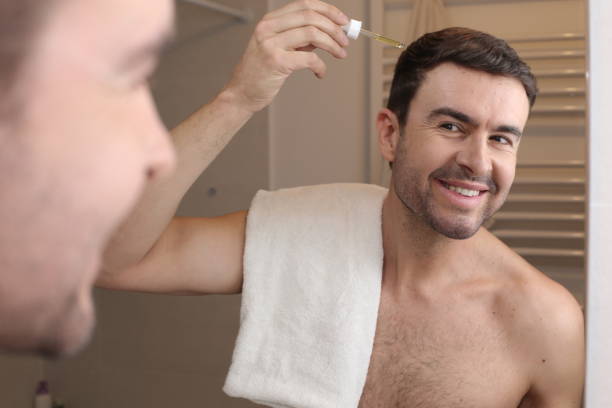
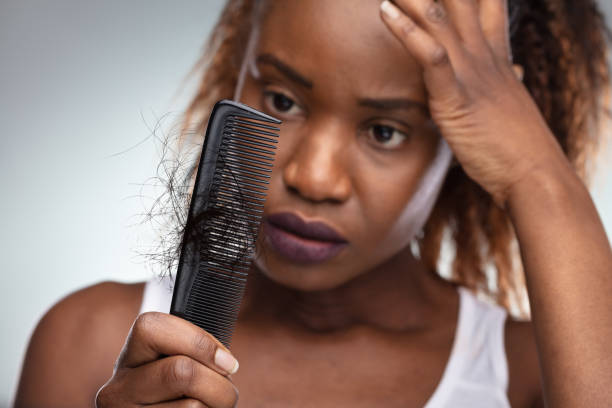
Q & A
There are effective treatments for hair loss, including medications like minoxidil and finasteride, hair transplant surgery, scalp micropigmentation, low-level laser therapy, and platelet-rich plasma (PRP) therapy.
Yes, hair loss treatments can be effective in slowing down or halting hair loss, and in some cases, promoting hair regrowth. The effectiveness may vary depending on the underlying cause of hair loss and individual response to the treatment.
While natural remedies like applying essential oils, using herbal supplements, or maintaining a healthy diet can contribute to overall hair health, their effectiveness in treating hair loss may be limited. It’s best to consult with a trichologist or hair loss professional for appropriate medical treatments.
Hair loss may be reversed or slowed down with the right treatment. However, it’s important to address the underlying cause of hair loss and seek professional advice to determine the most suitable approach.
The cost of hair loss treatment varies depending on the chosen method and individual requirements. Hair transplant surgery generally incurs higher expenses compared to medications, PRP, scalp micropigmentation, or laser therapy. Seeking guidance from a healthcare professional or specialist will provide a clearer picture of the associated costs.
Some hair loss treatments, such as medications or surgery, may have potential side effects. For example, medications like finasteride can cause sexual side effects, while surgery may involve risks associated with anesthesia or scarring. It’s important to discuss potential side effects with a healthcare professional before starting any treatment.
Yes, both stress and nutritional deficiencies can contribute to hair loss. Telogen effluvium, a type of hair loss triggered by stress, and deficiencies in nutrients like iron, zinc, or vitamins can affect the hair growth cycle. Addressing these underlying factors may help manage hair loss.
The timeline for seeing results from hair loss treatment can vary. It may take several months of consistent treatment before noticeable improvements are observed. Patience and adherence to the treatment plan are crucial.
Yes, women can also benefit from hair loss treatments. While some treatments may be specifically marketed for men, there are options available for women as well, such as minoxidil or hormone therapy, depending on the underlying cause of hair loss.
Hair transplant surgery offers a long-lasting solution for hair loss by relocating healthy hair follicles from one area to another, but its effectiveness is influenced by multiple factors. Scalp micropigmentation is also another solution that last many years without much maintenance required.
Conclusion
Dealing with hair loss can be a complex journey, but with the array of treatment options available, individuals can proactively tackle their concerns and foster robust hair growth. It’s crucial to engage with a healthcare professional to chart the optimal path forward, considering medical interventions, non-medical alternatives, and lifestyle adjustments. It’s essential to bear in mind that each person’s experience with hair loss is distinct, and finding the ideal solution may demand patience and perseverance. With the right assistance and direction, it’s entirely feasible to navigate hair loss and restore self-assurance in one’s appearance.
Working Hours
- Monday 10:00AM – 8:00PM
- Tuesday 10:00AM – 8:00PM
- Wednesday 10:00AM – 8:00PM
- Thursday 10:00AM – 8:00PM
- Friday 10:00AM – 8:00PM
- Saturday 10:00AM – 8:00PM
- Sunday - Closed
Quick Contacts
- 7549 Kalar Rd, Niagara Falls, L2H 2Y6
- Toronto: 600 Sherbourne St #605, Toronto, M4X 1W4
- Richmond Hill: 8763 Bayview Ave #5, Richmond Hill, L4B 3V1
- Mississauga: 1358 Hurontario St #B2, Mississauga, L5G 3H4
- Winnipeg: 712 St Mary's Rd, Winnipeg, MB R2M 3N1
- INFO@HAIRTATTOO.CA
- (647) 492-5022 Toronto GTA
- (204) 809-5885 Winnipeg
- 2023 HAIRTATTOO.CA | Scalp Micropigmentation & Trichology Centre



